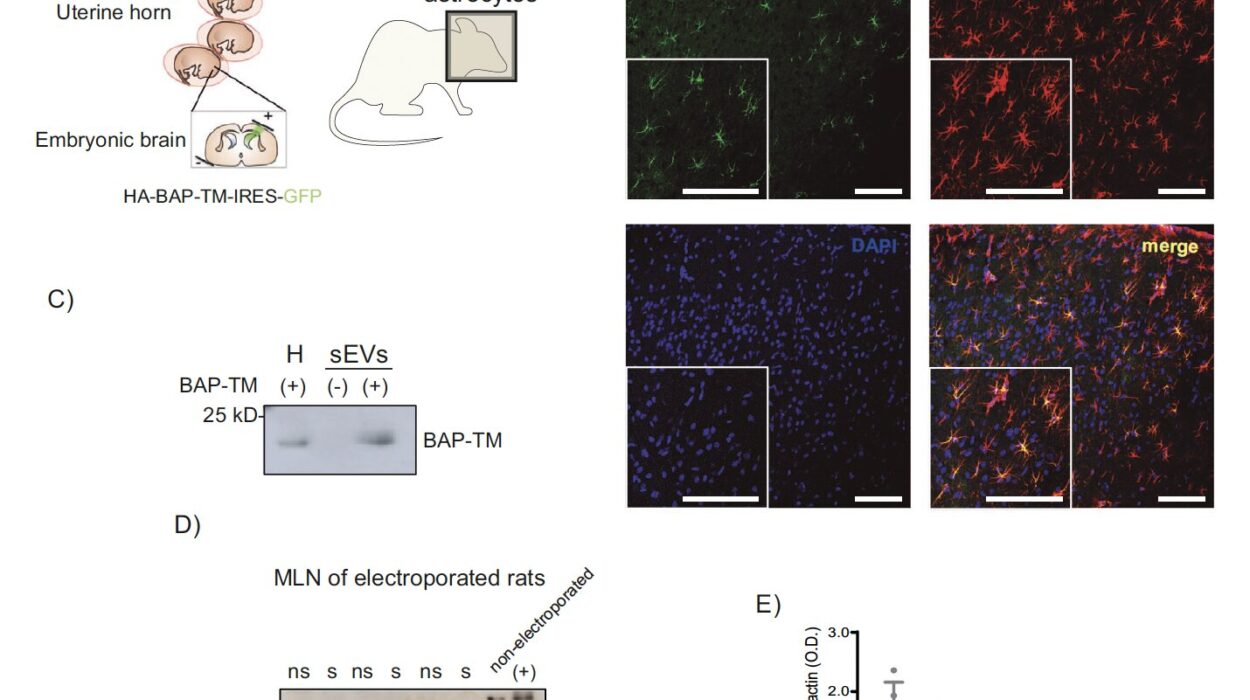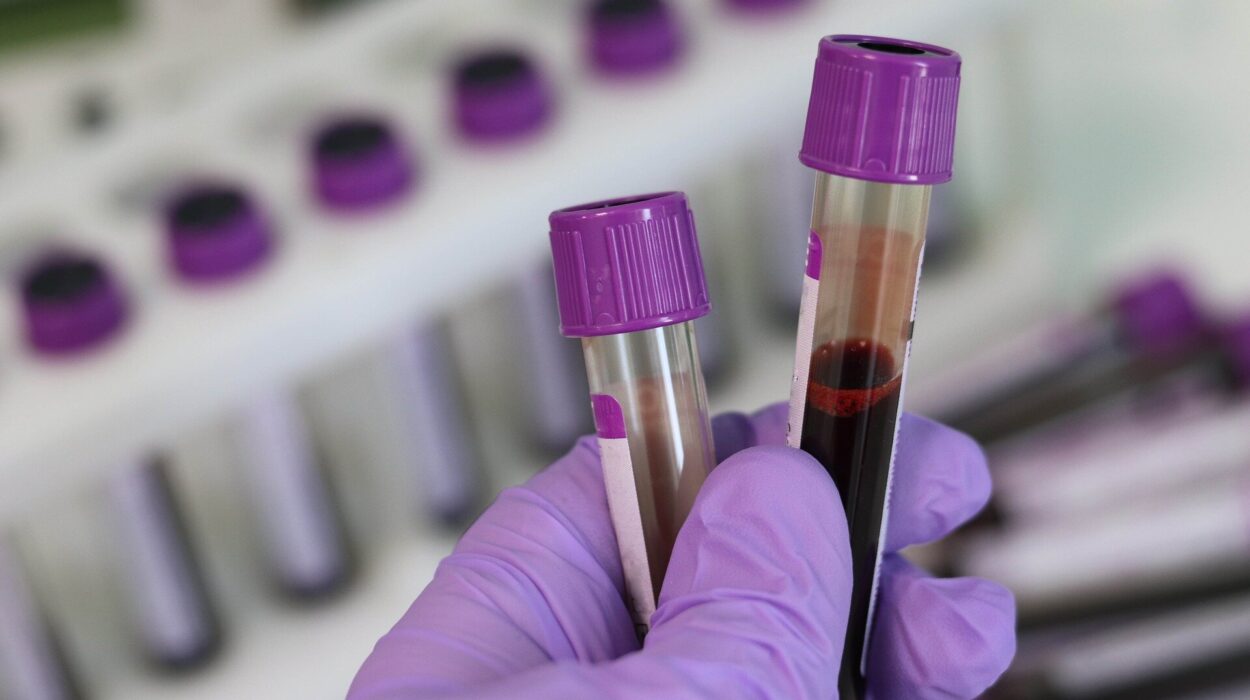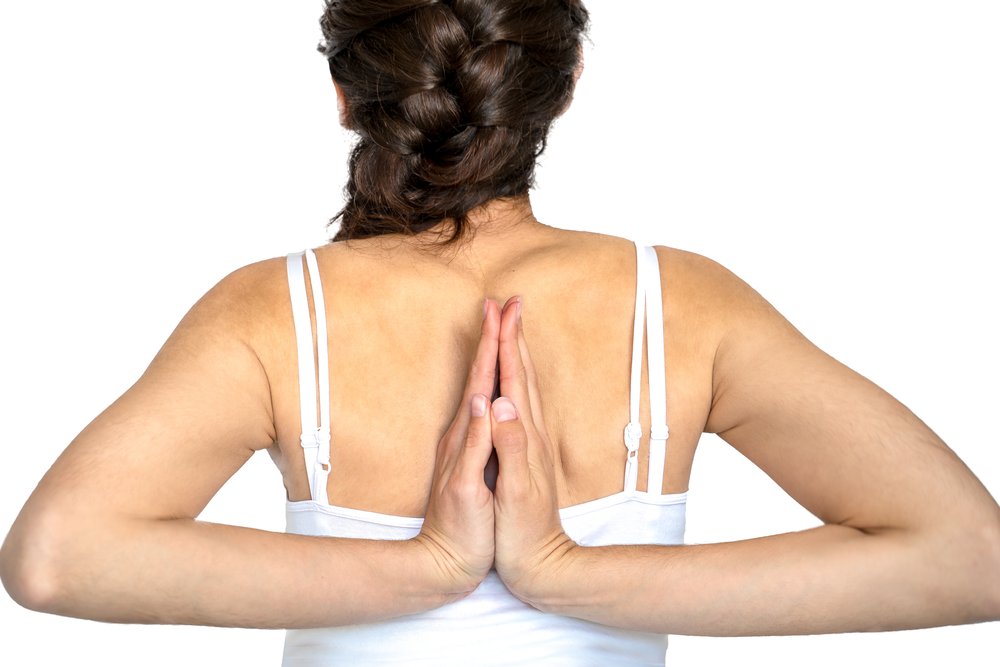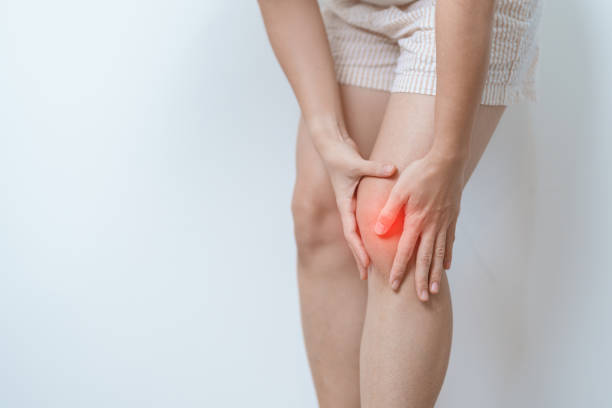In a world where suicide has become one of the leading causes of death among adolescents, especially girls, a growing body of research is trying to uncover the hidden cues that signal a young person may be at risk. One of the most revealing pieces of this puzzle may lie in something so subtle it’s often overlooked: the way parents respond to their daughters during emotionally charged conversations. A new study published in Development and Psychopathology provides compelling evidence that second-by-second social cues—eye contact, facial expressions, and emotional responsiveness—can offer powerful insight into future suicidal ideation in young girls.
This research does not merely scratch the surface of family dynamics; it dives deep into the micro-interactions that occur when parents and children navigate conflict. Through state-of-the-art methods and rigorous analysis, it shines a light on how even fleeting moments of emotional connection—or the lack thereof—can have lasting psychological effects.
A New Lens on Suicide Risk
Traditional approaches to understanding adolescent suicidality often focus on broad psychological factors such as depression, anxiety, or a history of trauma. While these are undeniably critical, they don’t always capture the full story—particularly the nuanced ways in which social and familial environments shape a child’s mental health.
Dr. Kiera M. James, the study’s lead author and a research assistant professor at the University of Pittsburgh, aimed to fill this gap. “Research shows that family and peer relationship factors can play a role in risk for suicidality,” James said. “However, most prior studies have looked at relationship factors broadly. We know less about the small, moment-to-moment ways that social interactions might contribute to youths’ risk for suicidality.”
Her team focused on real-time, observable social behaviors—specifically eye contact and facial expressions—during conflict-laden discussions between parents and their daughters. By doing so, they hoped to uncover early behavioral signals that could help identify those most at risk before thoughts of suicide become intentions or actions.
The Study: Eyes, Emotions, and the Unspoken
The research involved 129 girls between the ages of 11 and 13 and their parents. Most of the participants already showed temperamental traits associated with an increased risk of depression, such as shyness and fearfulness. Each family participated in a standardized task called the “Hot Topics” discussion, where parent and child were asked to talk through a recent conflict—a setting intentionally chosen to replicate emotionally charged, real-world interactions.
During these conversations, researchers collected data in remarkably fine detail. Using mobile eye-tracking glasses, they recorded how often each person looked at the other’s eyes. At the same time, facial expressions were analyzed with facial recognition software to detect moments of happiness or distress. These subtle behaviors were recorded and analyzed in one-second increments, creating a high-resolution timeline of emotional exchange.
Girls’ suicidal ideation was then measured at the time of the study and again one year later using standardized psychological questionnaires. Importantly, none of the girls reported active suicide planning at the start of the study, allowing the research to isolate predictors of emerging suicidal thoughts rather than pre-existing crises.
The Power of Reciprocity
One of the most striking findings was the predictive power of nonverbal reciprocity. Girls whose parents were less likely to return eye contact or mirror their expressions of happiness during the conflict discussion were significantly more likely to report suicidal ideation 12 months later. This remained true even when controlling for symptoms of anxiety and depression, suggesting that the absence of these momentary social cues may reflect something deeper: emotional disconnection.
“Fine-grained social interaction processes, like eye-gaze and facial expressions, play an important role in how close or connected youth feel to the person with whom they are interacting,” James explained. “Social connectedness is a key protective factor for suicidality.”
These micro-behaviors—so small they can pass unnoticed—turn out to be central to fostering a sense of emotional safety and belonging. When a daughter’s smile is not met with a smile, or her gaze is not returned, the emotional implications can be profound. She may feel unseen, misunderstood, or rejected, laying the groundwork for feelings of worthlessness or despair.
The Misfire of Mismatched Emotions
Interestingly, the researchers found another counterintuitive pattern: among girls who later developed suicidal thoughts, their parents were more likely to sustain happy expressions during conflict. At first glance, this might seem like a positive gesture. Isn’t it good for parents to stay calm and pleasant during arguments?
In this case, the answer is nuanced. The sustained smiling may reflect a mismatch in emotional tone—parents maintaining a cheerful demeanor while their daughters are upset or distressed. Instead of soothing the child, this can intensify feelings of emotional disconnection. The girl may feel that her parent doesn’t truly understand or validate her emotional experience.
The subtle, yet persistent message is: Your feelings are not being mirrored, and therefore they may not matter.
The Larger Implications
This study provides more than a novel finding—it offers a new way of thinking about suicide prevention. Instead of waiting for signs of crisis, clinicians, educators, and parents might be able to identify at-risk youth by observing everyday interactions.
It also underscores the importance of training parents in emotional attunement. Parental warmth, empathy, and responsiveness have long been known to benefit children, but this research shows that even micro-level expressions of those qualities can be psychologically protective.
“Our findings suggest that parental effort to match their child’s body language really matters during parent-child interactions,” James told PsyPost. “Youth whose parents were less likely to reciprocate their efforts to make eye-contact—or exchange a smile—were more likely to report higher levels of suicidality a year later.”
A Window into Prevention
The strength of this research lies not just in its findings, but in its methodology. The use of real interactions rather than hypothetical scenarios gives the data ecological validity—it reflects how people actually behave in real life. The second-by-second analysis allows researchers to pick up on nuances that questionnaires or general observations would miss.
However, the study is not without limitations. The sample size, particularly of those who went on to experience suicidal ideation, was relatively small. Additionally, the research focused exclusively on girls, leaving open the question of whether similar dynamics exist among boys. And the study measured suicidal ideation—not plans or attempts—so its findings may not generalize to more severe forms of suicidality.
Still, these limitations do not overshadow the significance of the insights gained. The study opens the door to more precise, behavioral-based risk assessments and, potentially, interventions.
Looking Ahead
With funding from the American Foundation for Suicide Prevention, Dr. James is now conducting a follow-up study with a larger and higher-risk sample of teens. The goal is to replicate and expand these findings, building a more comprehensive understanding of how moment-to-moment social exchanges shape adolescent mental health.
Ultimately, the aim is to translate these discoveries into actionable strategies. If something as simple as eye contact or a shared smile can tip the scales toward emotional resilience, then parents, caregivers, and mental health professionals have a powerful tool at their disposal.
“We hope that these findings highlight how crucial it is to foster and maintain emotionally responsive relationships with youth,” said James. “Social connection processes, like eye-contact or the exchange of smiles, may prove to be promising treatment targets to reduce risk for future suicidality in youth.”
Conclusion: A Call for Connection
In an age where mental health crises among adolescents are escalating, the solution may not always lie in complex diagnoses or elaborate interventions. Sometimes, it’s the smallest gestures that carry the greatest weight. A glance. A smile. A moment of recognition.
This research underscores a profound truth: emotional connection is not just a comfort—it’s a lifeline. And in the fragile years of adolescence, when identity is still forming and emotions run high, the presence or absence of those connections can be the difference between hope and despair.
If we want to protect the mental health of our youth, we must learn to tune in—not just with our ears, but with our eyes, our faces, and our hearts. Because sometimes, the cries for help are silent—and it’s only through connection that we learn to hear them.






